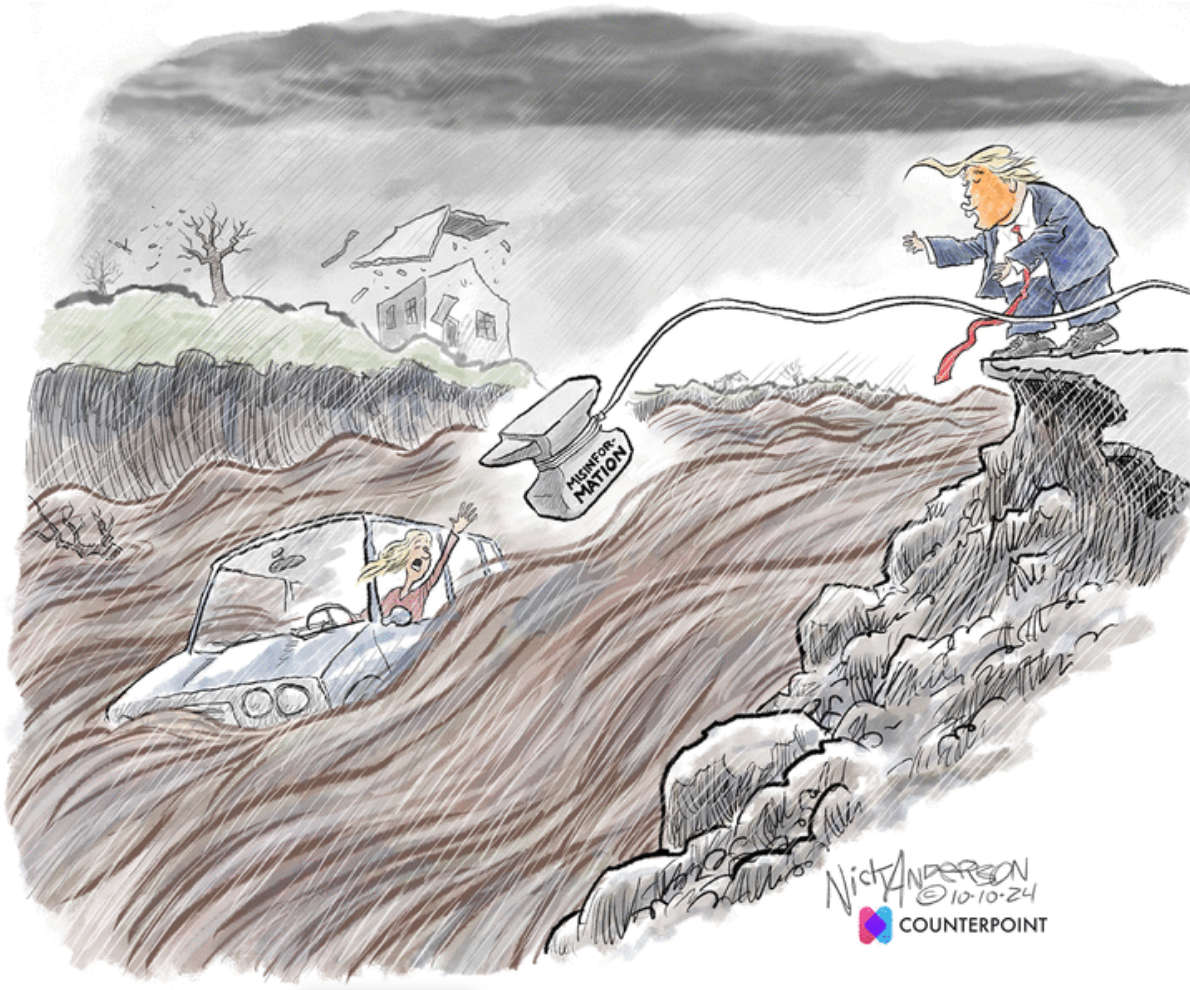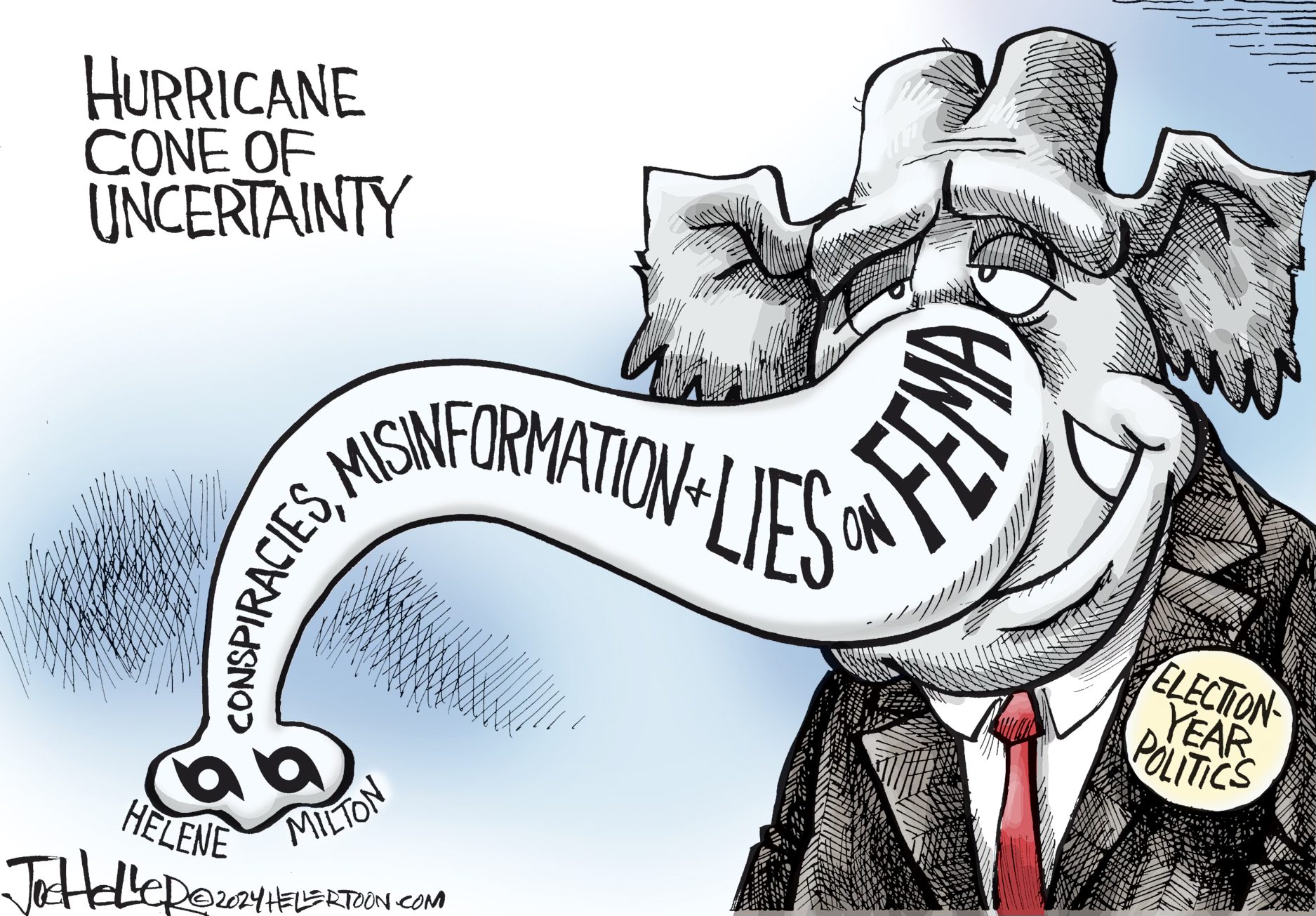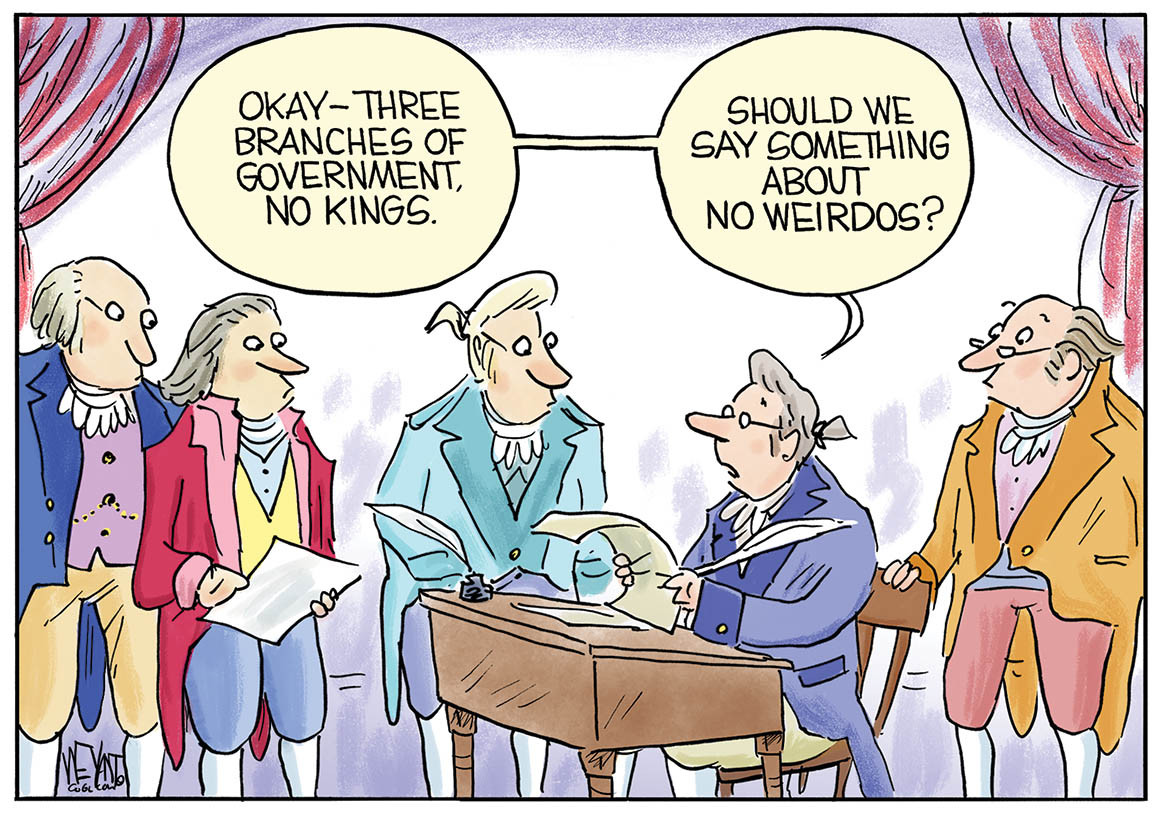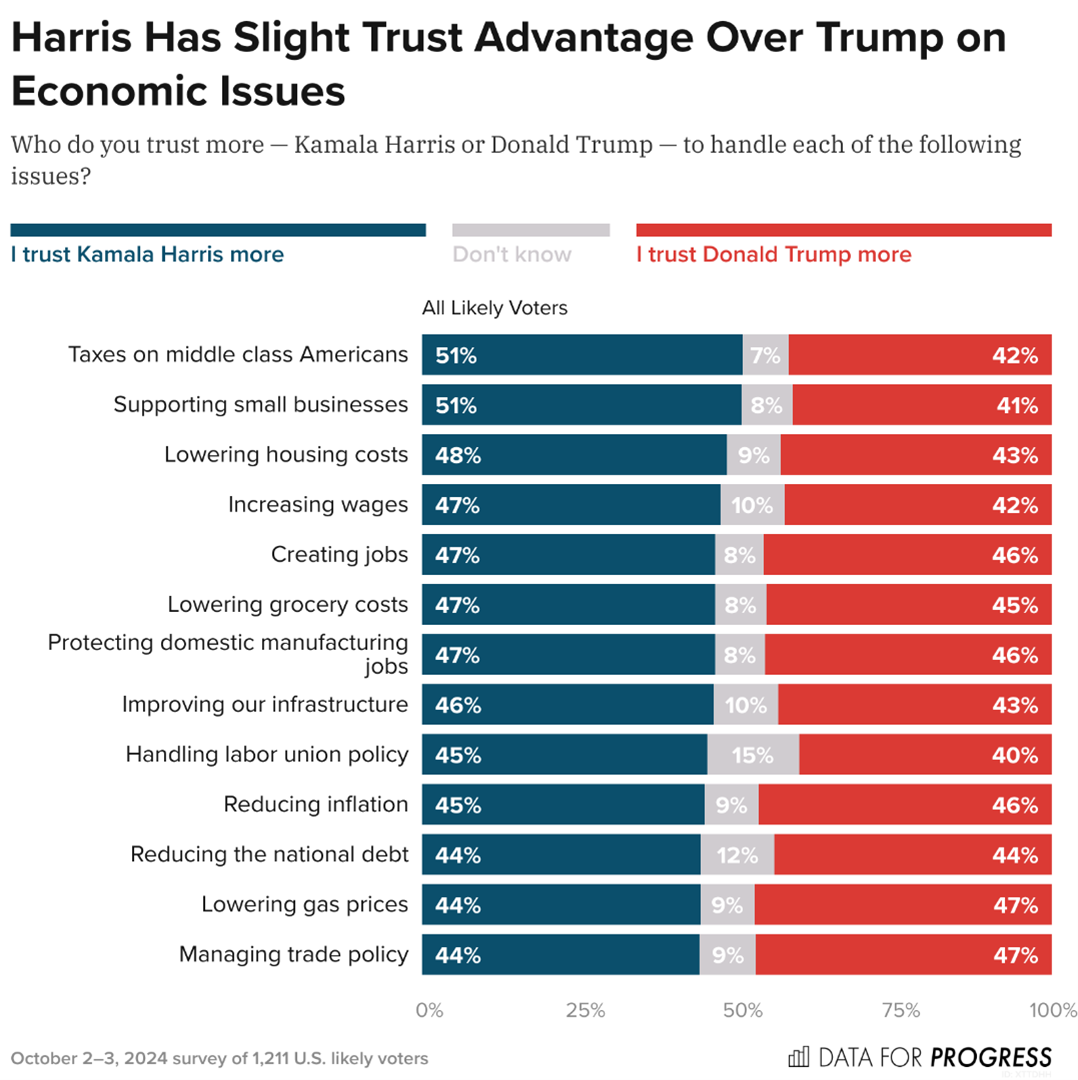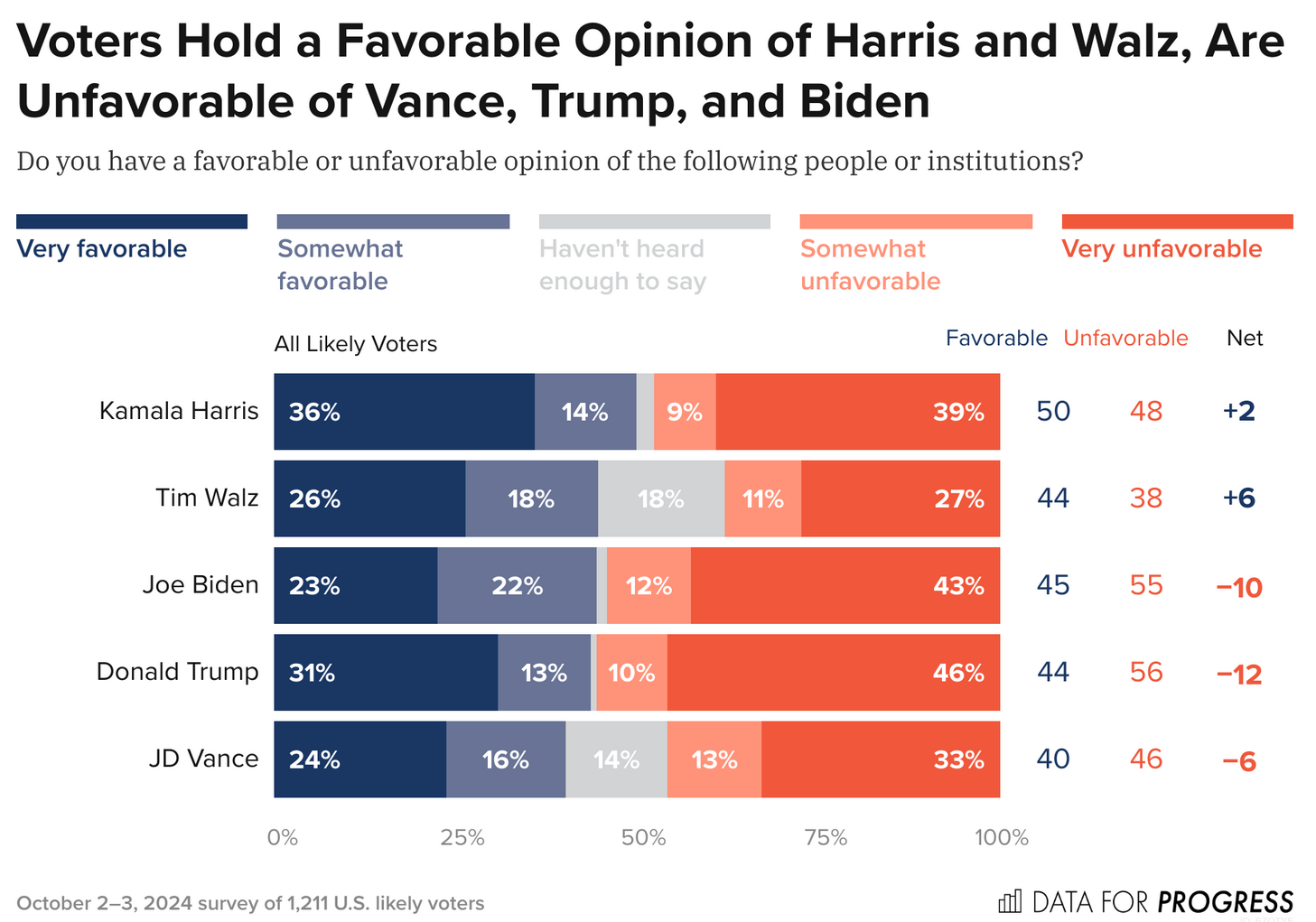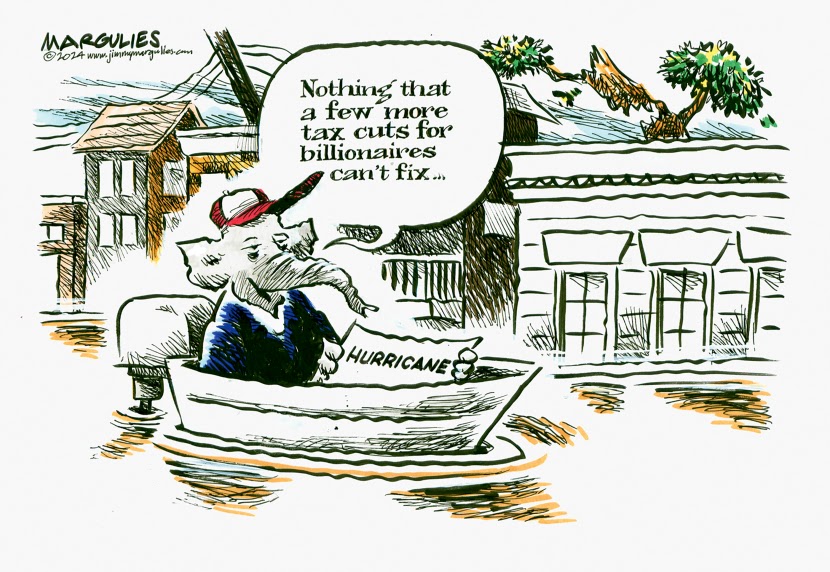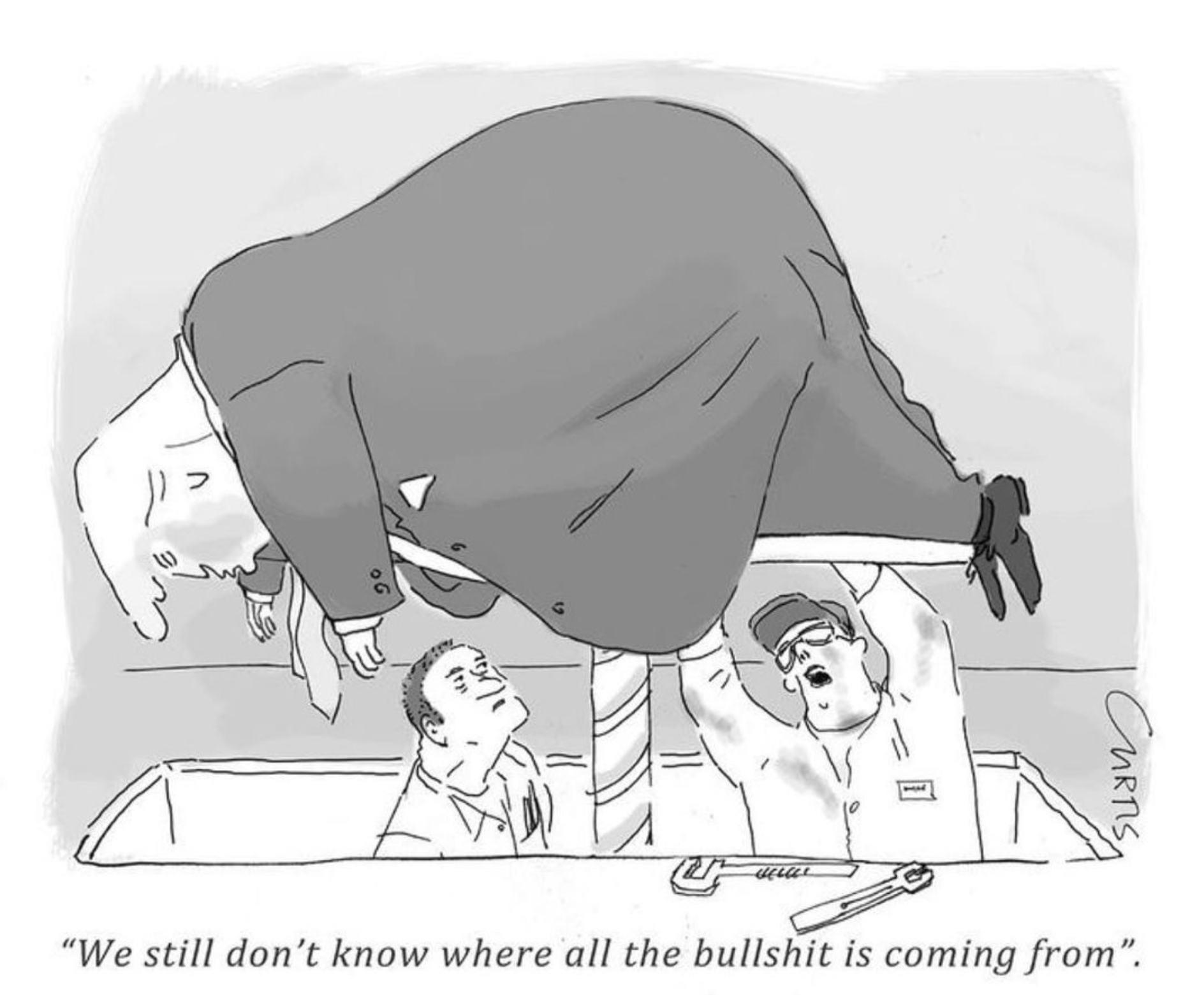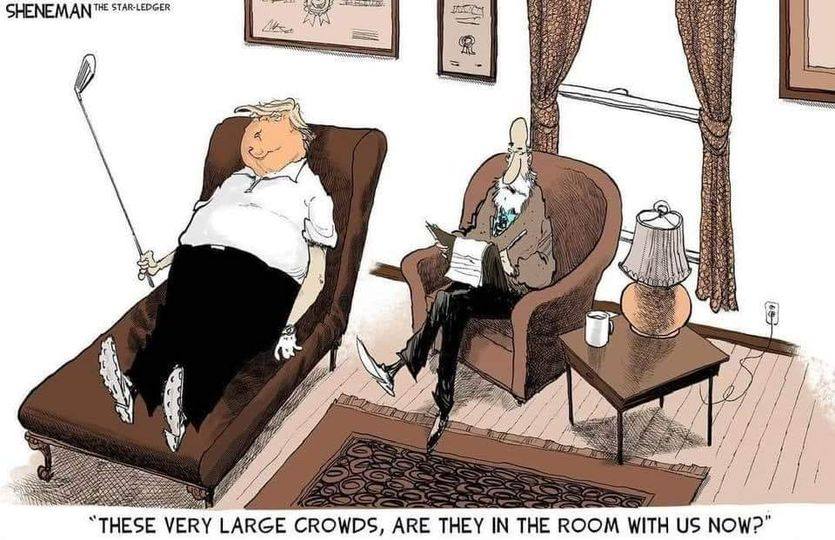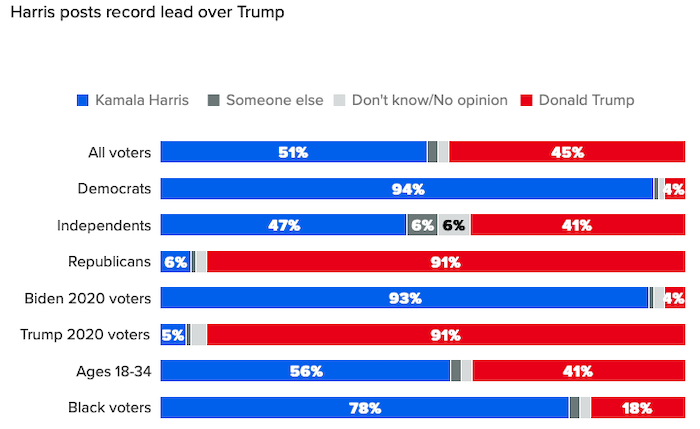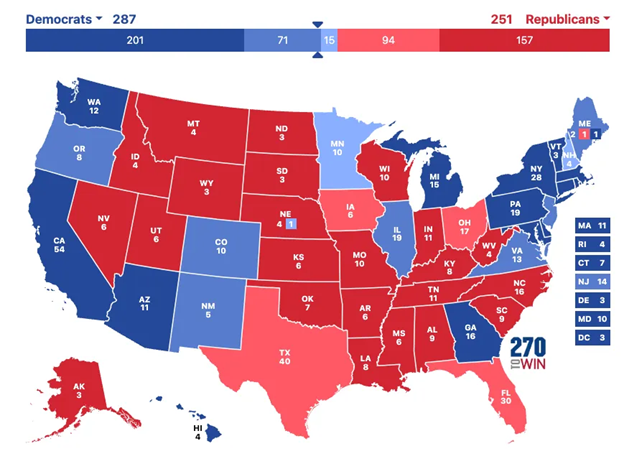The Daily Escape:
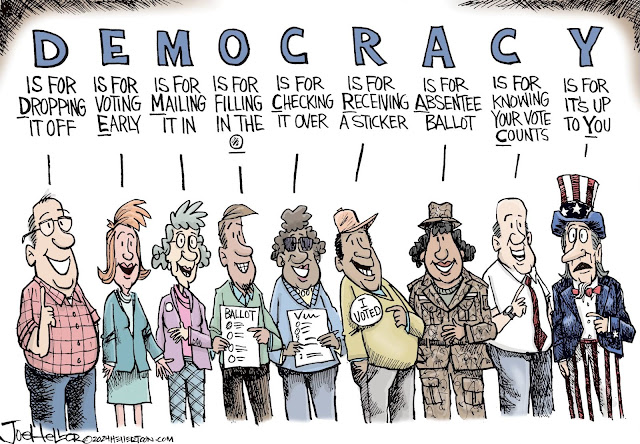
Wrongo has no idea if Harris’s campaigning on a “Constitution over Party” pitch with Liz Cheney to Niki Haley voters is working, but he doubts it’ll be enough to win the election. Wrongo doesn’t know if Harris would have been better served by engaging with Muslim and Arab voters, assuming that she couldn’t have done both, and chose not to.
As I’ve spoken to friends who support Harris, the big question is when does she take the focus off Trump and begin her “closing argument”? Wrongo thinks she should focus on the “cost of living”. There’s no getting around that it’s high, that it’s higher than it should be, and that it’s a primary concern for most Americans.
In an NBC News poll, three in 10 voters under 30 years old said that inflation and the cost of living is the most important problem currently facing the country, three times more than the share calling “threats to democracy” their most important issue, which was the next highest issue among young voters. Abortion is the third most selected issue at 9%, followed by the Israel-Hamas war and “crime and safety” — both of which were selected by only 8% of young voters.
At the same time, new polling by AARP shows Harris leads Trump with women over the age of 50 by more than any presidential candidate since 2016. The survey shows that 54% favor Harris vs. just 42% for Trump (+12 points). It’s a huge improvement from Biden, who in January, led Trump by three points with women over 50. Harris’s numbers are also better than Clinton’s numbers in 2016, when she polled 48%-40% over Trump: (emphasis by Wrongo)
“Overwhelmingly, women over 50 say that the economy and affordability are their biggest issue. Only a third of those surveyed say the economy is working well for them on a personal level, with 62% saying it isn’t. Another 41% of older women have confidence that in one year, they will be financially better off, as opposed to 49% saying they’re not confident of that.
Cost of living is the most important issue to 46% of those surveyed, with immigration in second at 30%…”
AARP believes that women over 50 can potentially sway the election, so Harris should take heed. Showing empathy with Gen Z and older women should be at the top of Harris’s closing argument. Speaking generally about some of her policies and contrasting with Trump’s “all tariffs all the time” tax on Americans should be an easy sell.
In a sense, the campaigns disagree on who the final persuadable voters are:
- Trump is after low-propensity Republicans who don’t mind his crassness and authoritarian personality.
- Democrats see small pockets of persuadables grouped by issues across the political spectrum, anchored by the idea that the next president has to ensure that prices come down.
Ultimately, this campaign is likely to come down to whether Trump’s character is too distasteful to GOP-leaning suburban women and to enough Latino and Black voters that they hold their noses and support Harris. Harris is clearly putting a ton of effort into these voting subgroups.
If you want insight into what Harris is delivering every day out on the campaign trail, read this transcription by Marcy Wheeler of Harris’s session with Maria Shriver. She asked Harris how she copes with the stress. After admitting she wakes up most nights these days, she gave this impromptu speech against despair:
“Let me just speak to what people are feeling. We cannot despair. We cannot despair. You know, the nature of a democracy is such that I think there’s a duality. On the one hand, there’s an incredible strength when our democracy is intact. An incredible strength in what it does to protect the freedoms and rights of its people.
Oh there’s great strength in that.
And, it is very fragile. It is only as strong as our willingness to fight for it. And so that’s the moment we’re in. And I say do not despair because in a democracy, as long as we can keep it, in our democracy, the people — every individual — has the power to make a decision about what this will be.
And so let’s not feel powerless.
Let’s not let the — and I get it, overwhelming nature of this all make us feel powerless. Because then we have been defeated. And that’s not our character as the American people. We are not one to be defeated. We rise to a moment. And we stand on broad shoulders of people who have fought this fight before for our country. And in many ways then, let us look at the challenge that we have been presented and not be overwhelmed by it.
The baton is now in our hands, to fight for, not against, but for this country that we love. That’s what we have the power to do.
So let’s own that? Dare I say be joyful in what we will do in the process of owning that which is knowing that we can and will build community and coalitions and remind people that we’re all in this together.
Let’s not let the overwhelming nature of this strip us of our strength.”
Everyone should read that.
Wrongo thinks that there are legions of enraged women who are not being polled but ARE heading to the polls. That there are legions of young people who see Trump and the GOP for what they are and want none of it.
As someone who supported Harris in 2020 and was extremely disappointed in her at the time, I was pretty worried about how strong a campaigner she would be, and how well organized a campaign she was going to run. So far, so good.
Most Dems are doing more than they ever have to try and help win this.
And yes, hope is a good thing, maybe the best of things.



